Of course, we can discuss the amazing gains all day, including most recently on Marriage Equality, yet for reason Americans seem stuck in the past and are fighting old battles left and right with a majority even believing the Confederate Flag is a symbol of “southern pride” not racism.
Despite the power of the Internet that vaulted an unlikely figure like Barack Obama into office, the tools used since 2008 need to keep evolving for progress to keep marching forward and outflanking some serious enemies as they quickly catch up (i.e. ISIS). There have been new developments in the use of weapons like Twitter and Big Data, but this means new strategies for using these tools as well.
In 2016, the most successful movement-building strategy will be focused on one mission: MOVEMENT-BUILDING.
It might sound redundant but what are campaigns and the media and even the public focused on right now? MONEY-BUILDING.
The problem is the greatest advances in MOVEMENT-BUILDING recently have been fueled by the highly-economical use of DIGITAL ENGAGEMENT not the #1 Expenditure of high-profile campaigns: the dying Broadcast TV Advertising complex.
So, in 2016 if you want to build a movement you should make Digital Engagement a priority and invest in Super APPs vs. Super PACs.
In the age of smart phone-driven Mobile tools like Uber and AirBNB that are surpassing social networking by providing “service” networking and “resource” networking, it is time to pioneer “activist” networking and even “citizen” networking for connecting and collaborating in our neighborhoods.
That means innovating to create platforms that enable users to develop more effective relationships and communities for your causes and interests not just driving the trend of using digital as a 21st Century version of a 20th Century campaign focused on fundraising and advertising that barely touches the surface of influencing the electorate.
In 2007, the most important tool that Obama For America created was My.BarackObama.com as it empowered local activists to find and organize grassroots armies on their own.
I know because when Barack Obama essentially clinched the Democratic nomination in February 2008 he did it on the backs of the very well-organized grassroots-led activists in Virginia, DC and Maryland that made up the pivotal Potomac Primary. OFA Staff arrived on the ground one week before that election but the difference in preparation between the campaigns was stark….even though Hillary’s campaign was actually based in Arlington, Virginia.
Nonetheless, MyBO was allowed to die from neglect after the election and it wasn’t revived until the launch of "Dashboard" in June 2008...with limited capability and over a year into President Obama’s re-election campaign.
Lots of grassroots organizers in my area were Democratic Party members who went back to their flock so to keep these communities thriving after Obama won the nomination it was necessary for some OFA organizers and digital stategists to begin showing interest in developing the platform themselves and to lead the new “Hope Mongers” that had been recruited and were considered Obama supporters above all else.
Unfortunately, this never happened and the true grassroots momentum of the Movement for “Hope” and “Change” was lost. To this day, BarackObama.com’s event pages have barely been updated beyond their 2007 form….furthering their sense of dated abandonment.
Now, creating your own platform is hard and that has led to the prevalence of using existing social networks instead to reach supporters online. But they’re generally being used in a traditional top-down fashion and are not designed to be a comprehensive hub for digital-driven grassroots activism. And it doesn’t help when the most effective digital tool to engage with your followers, email, is used as a 24/7 fundraising pitch.
Remember the definition of doing the same thing over and over BUT expecting a different result?
For example, after the 2014 debacle that proved 2010 wasn’t just a post-Great Recession and/or Obamacare fluke, the Democratic Party should be leading the charge toward a true Movement-building Strategy in 2016 to put life into their disaffected base that may be growing demographically and seeing lots of TV ads but won’t show up when Barack Obama isn’t on the ballot.
This also means the rank-and-file recognizing that a large segment of the electorate is not motivated by many or ANY issues, especially when it comes to state and local elections where conservatives have developed an immense edge that has affected redistricting for decades to come because their voters pay closer attention.
Besides, today’s enemy on one issue might be your friend on another so spending a lot of time coming up with memes attacking Ted Cruz is not just a waste of organizing time it also makes collaborating with him due to his support for libertarian-friendly causes like prison reform more difficult.
By understanding the importance of politics as a People Business, activists can focus on offering personal stories and connections to interest new audiences then keep them unified and working together.
When utilized properly, current platforms can help drive crowd-sourced and coalition-driven movements ranging from the “Arab Spring” to “Black Lives Matter,” but imagine if a new Movement-building strategy utilized convenient hand-held consumer applications that could enhance their activism. Currently, these mobile tools are few and far between, as other than the White House they sometimes are briefly used for a conference or special event.
With the help of the customized functionality, an organization can quickly prompt their followers to take ALL kinds of actions on ALL kinds of platforms….whether it be changing their profile pic to watching a training video to signing a petition ONLINE OR attending a fundraiser to volunteering at a festival to voting on Election Day OFFLINE.
Or you could search a network for anyone who likes your cause in your Zip Code AND can donate resources like a spare room for one of your out-of-state interns or volunteers. Now, campaign databases usually utilize location and interest data but don’t encourage users to create and update personal profiles beyond the frequency of emails received.
It’s a win-win for everyone as users can directly follow and give feedback on the essential messages and actions of their favorite cause without the hassle of worrying about reading spammy emails, getting a bunch phone calls and door knocks at home, having to track a fire hose worth of social media posts or having to remember to visit a landing page-consuming web site on a regular basis.
And as Facebook further proved with its recent Pride campaign, EVERYONE is now an APPtivist.
Regardless of whether you’re a long-suffering Democrat or Voting Rights advocate or an underdog for some other political or civic cause the answer is clear:
The NEXT Revolution will be Super APP-sized.
P.S. If you’re interested in working on our Apptivist projects with Network For Progress send an email to [email protected] with any ideas or skills you have to offer!

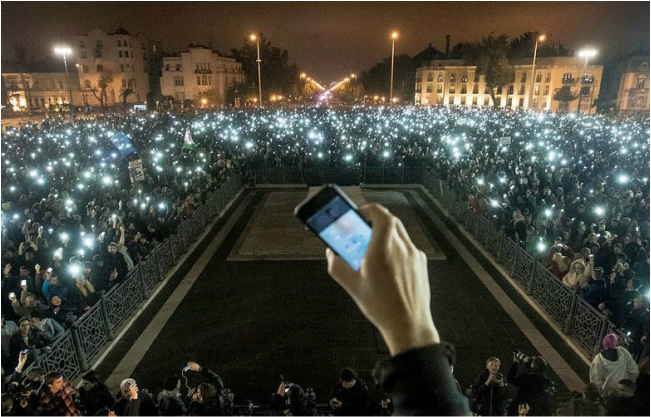



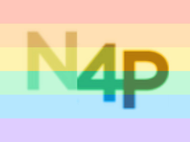

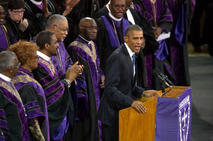
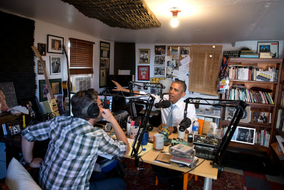
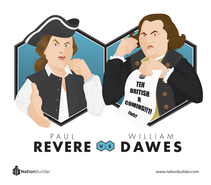
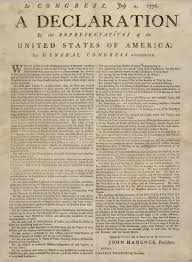

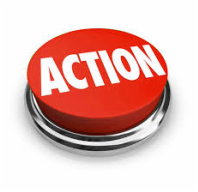


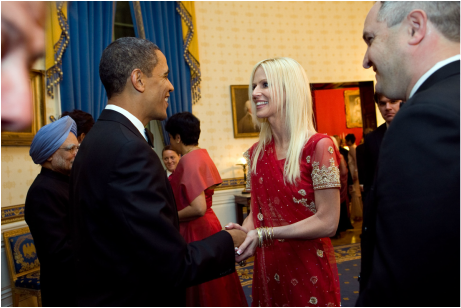
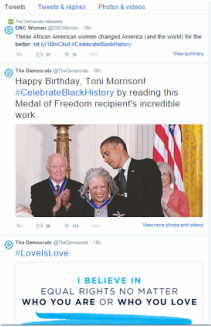
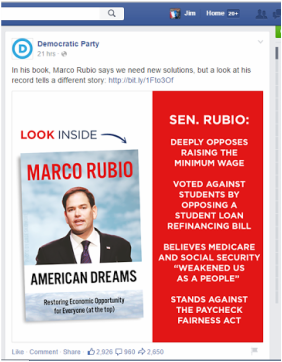
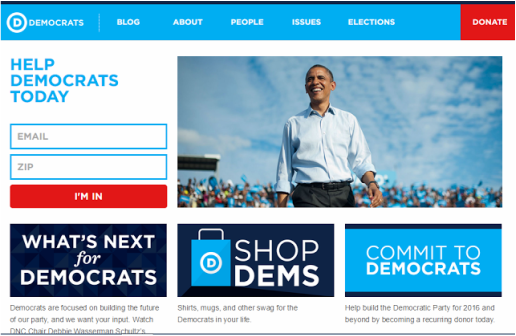
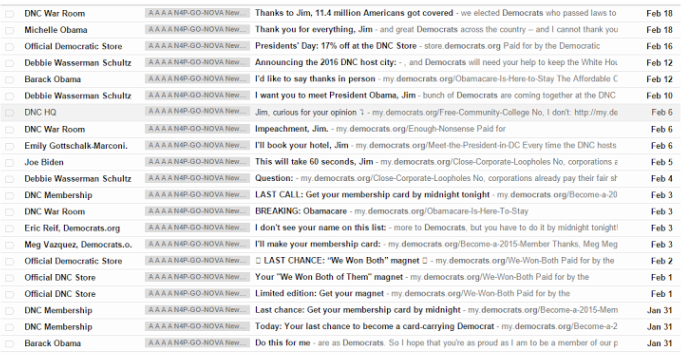
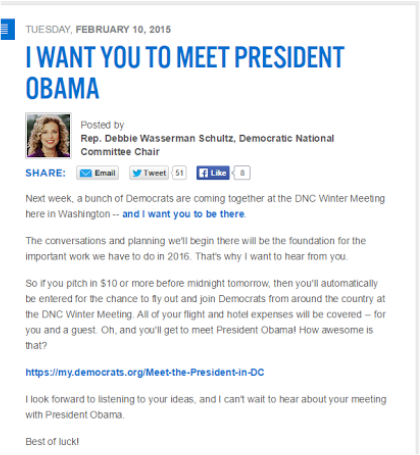
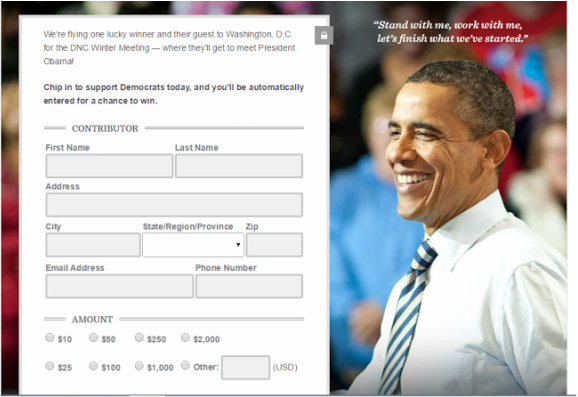
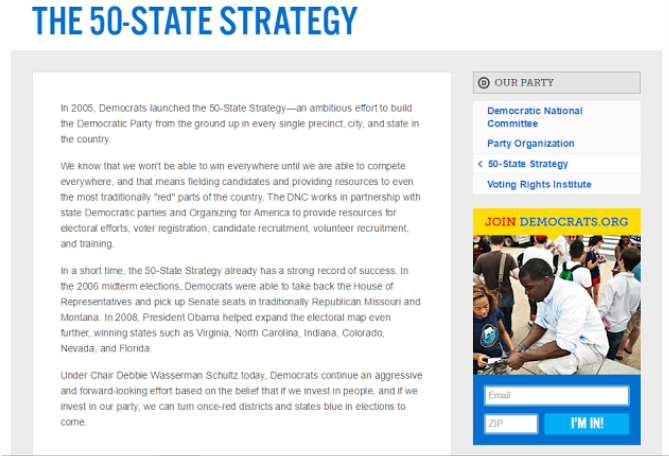
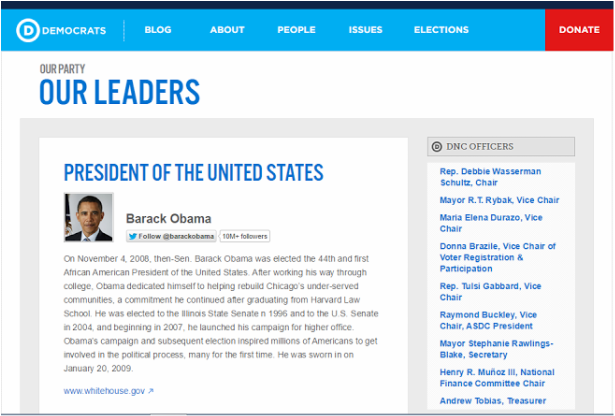
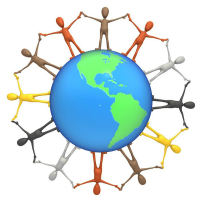
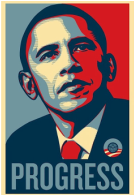

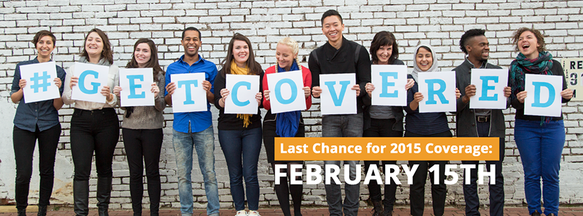

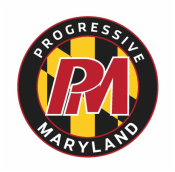
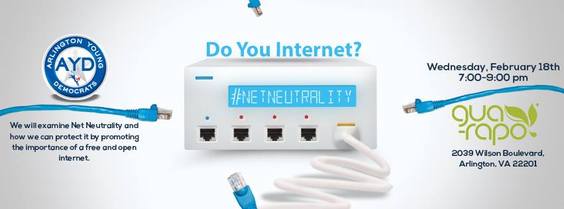
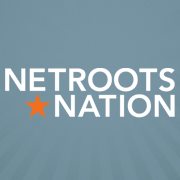
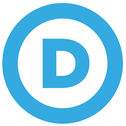

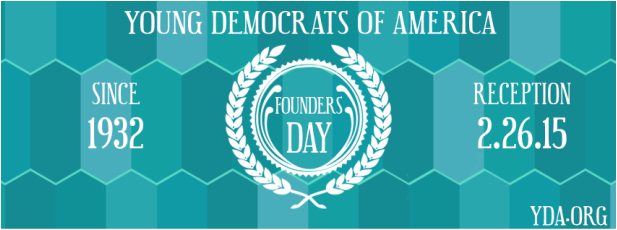

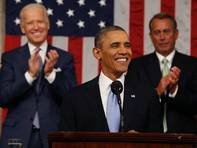
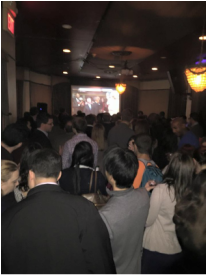
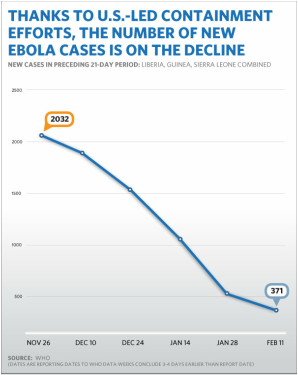
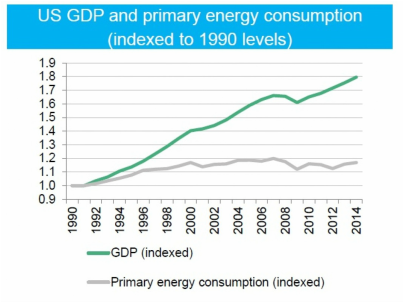
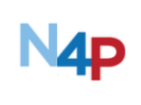
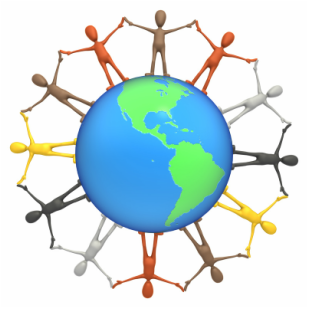


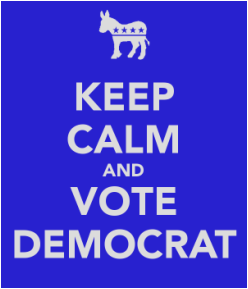
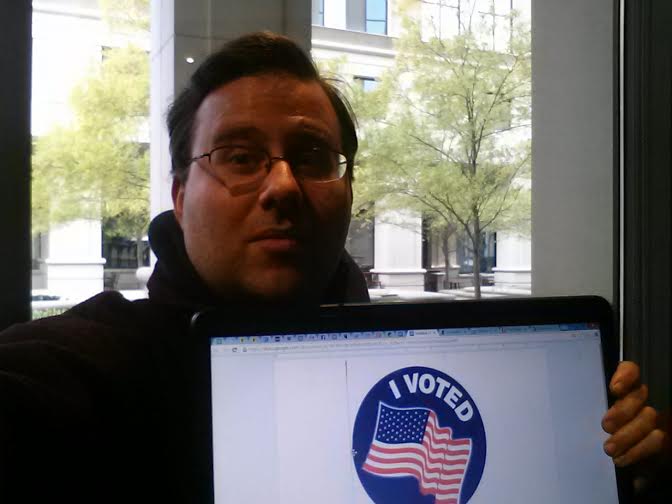
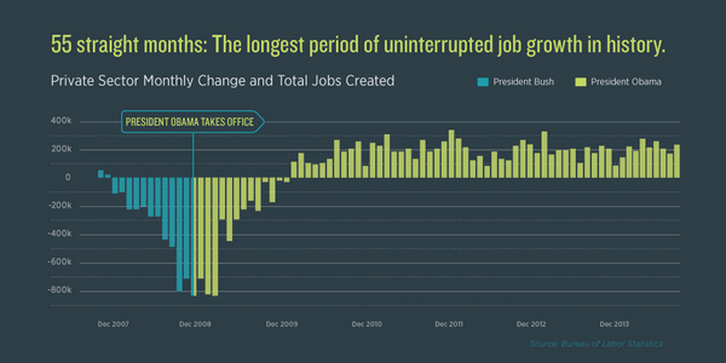
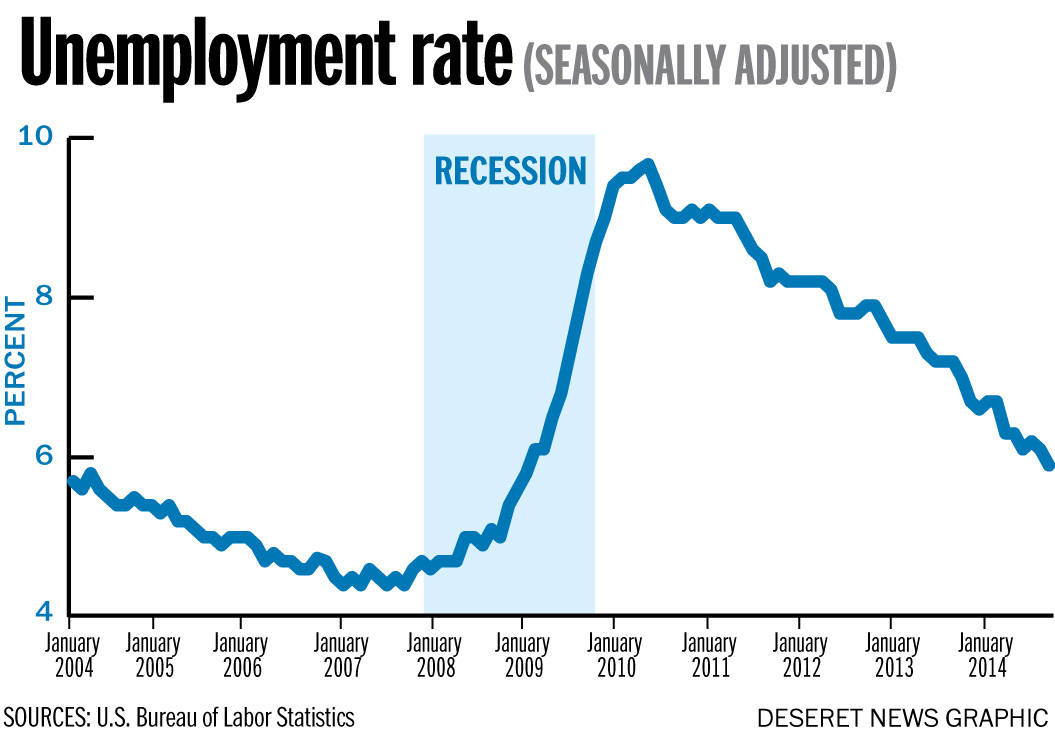
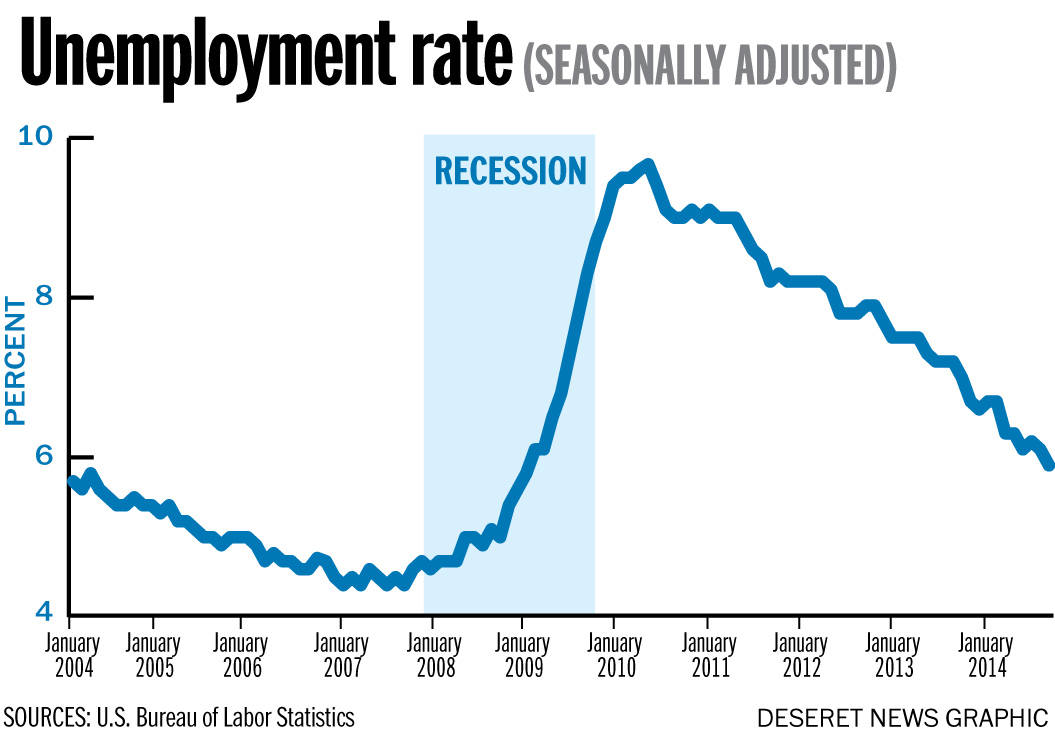
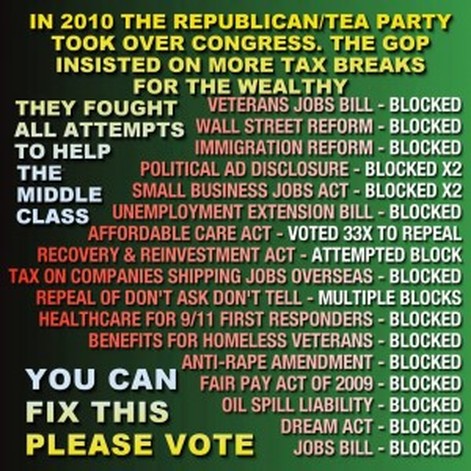

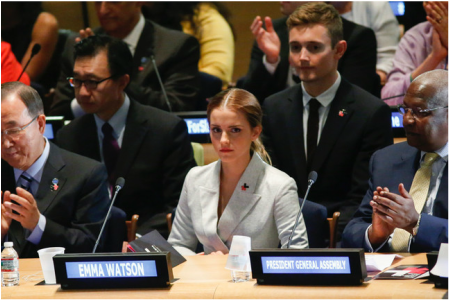
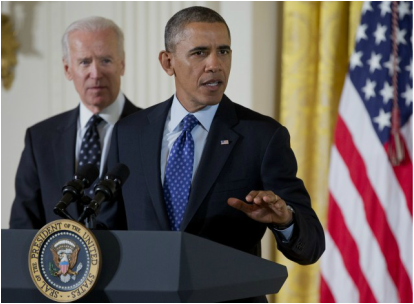
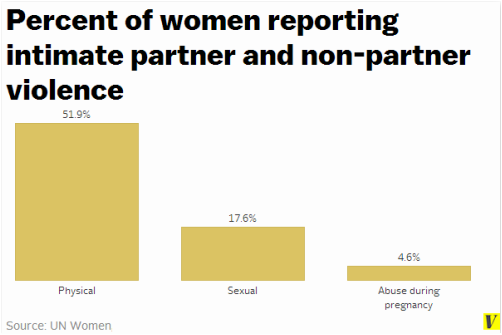
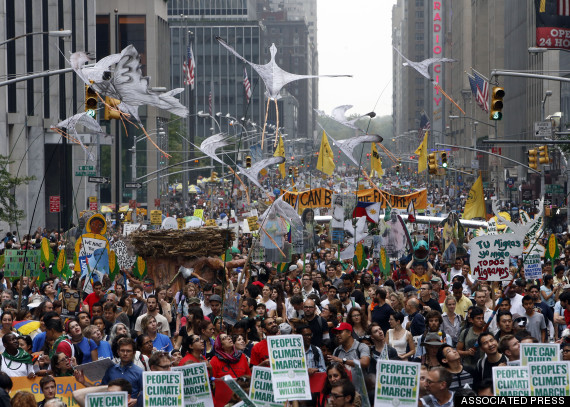
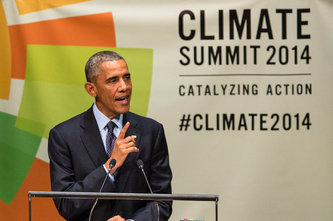

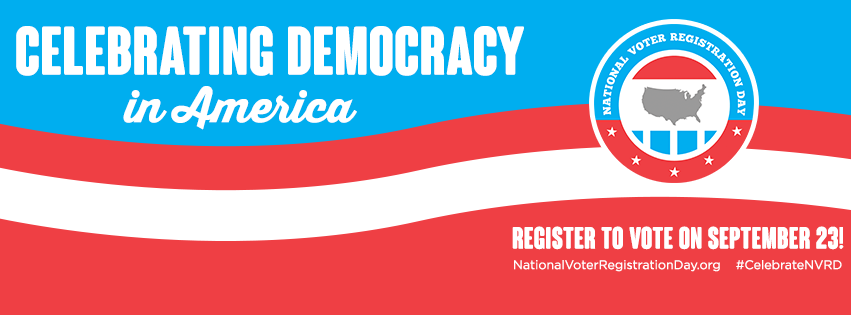
 RSS Feed
RSS Feed
